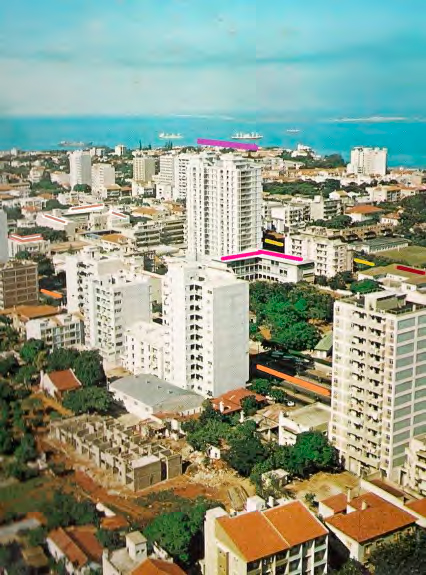

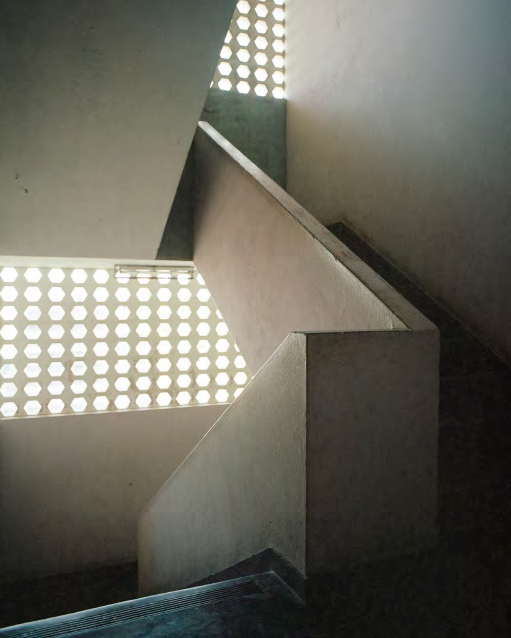
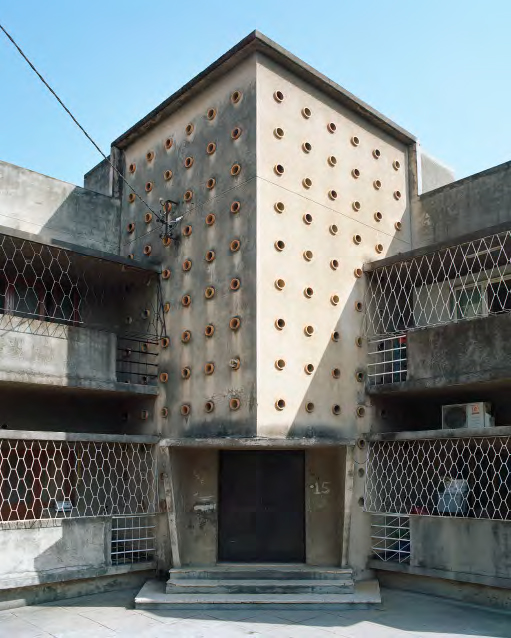


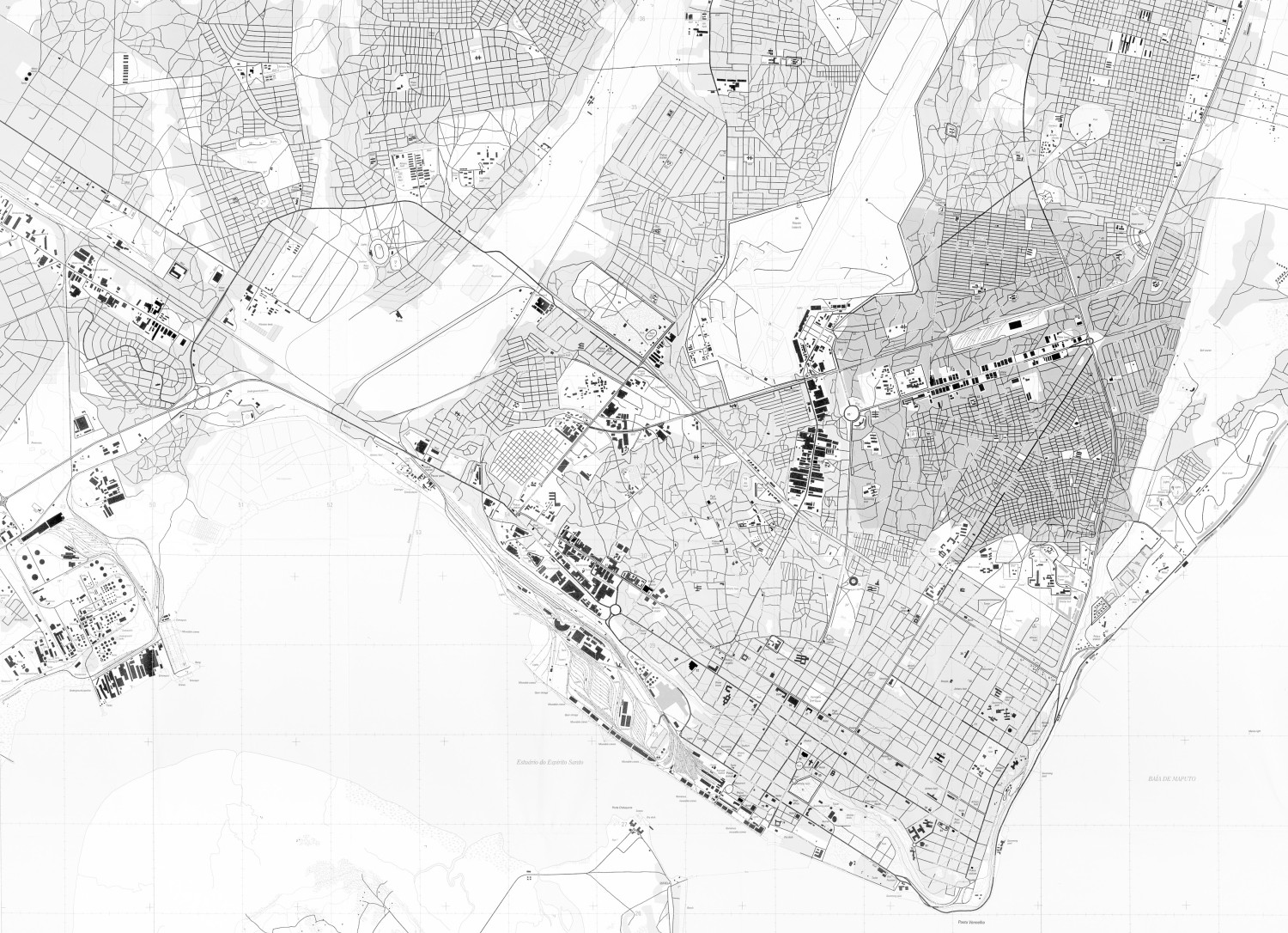
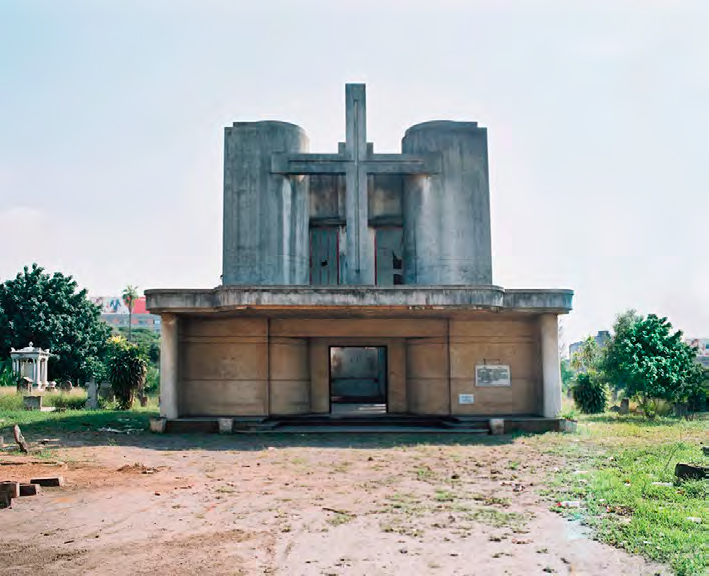

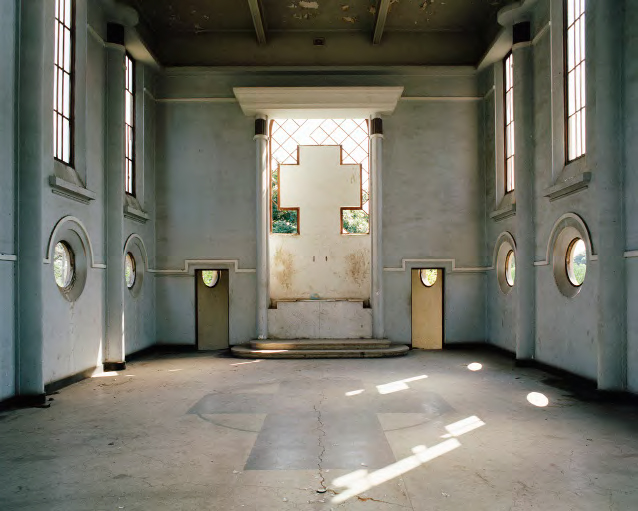
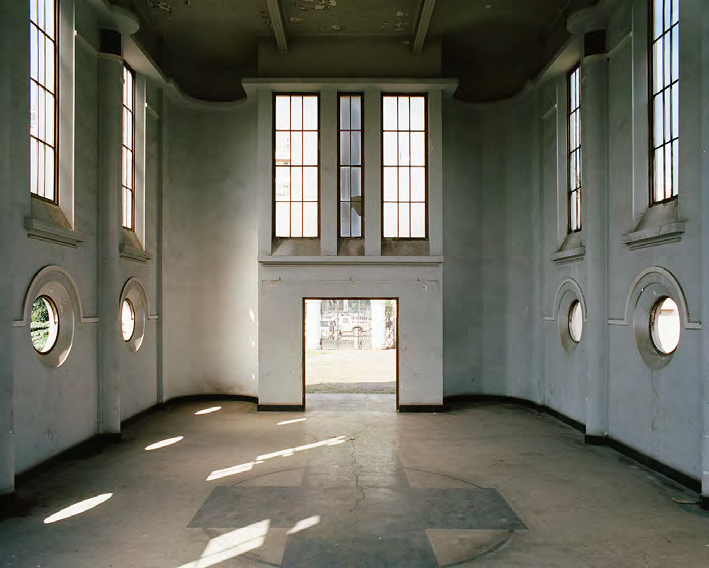


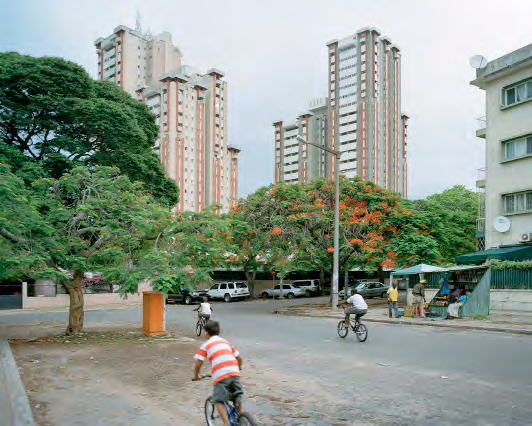

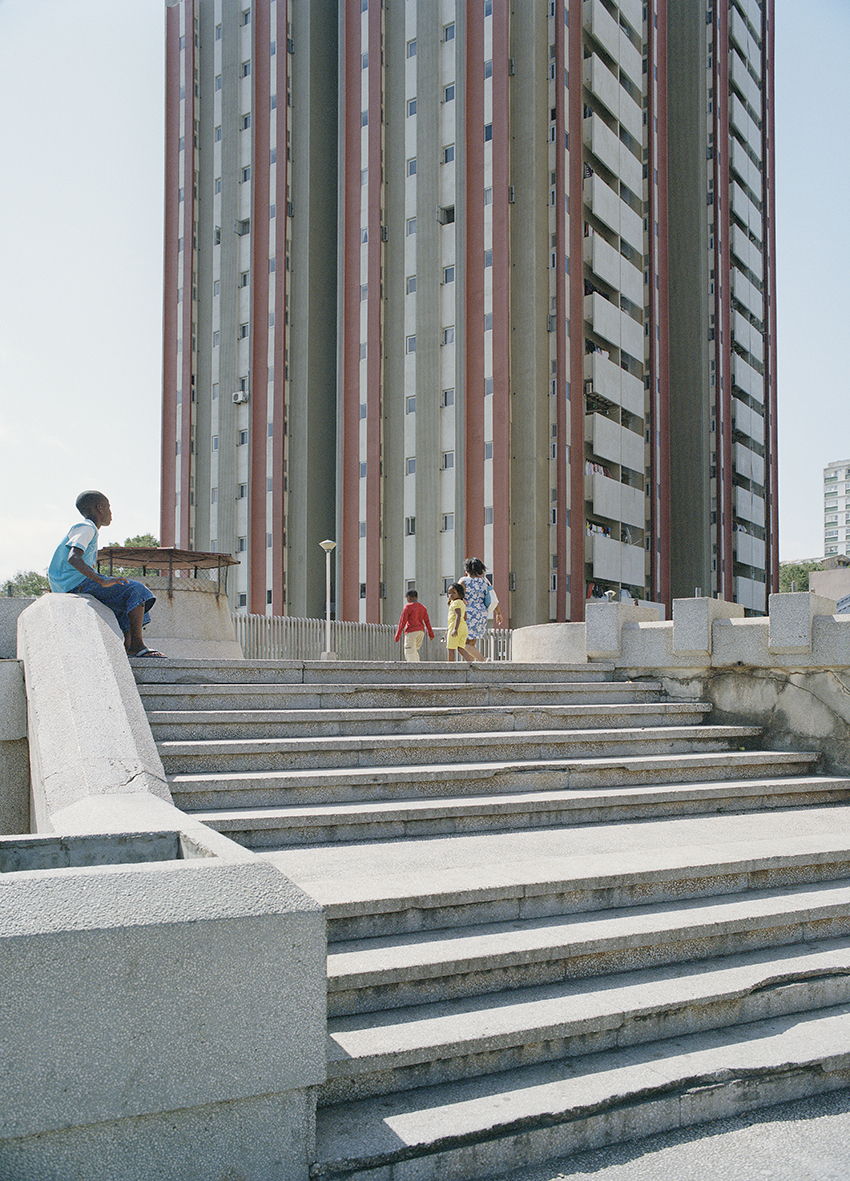
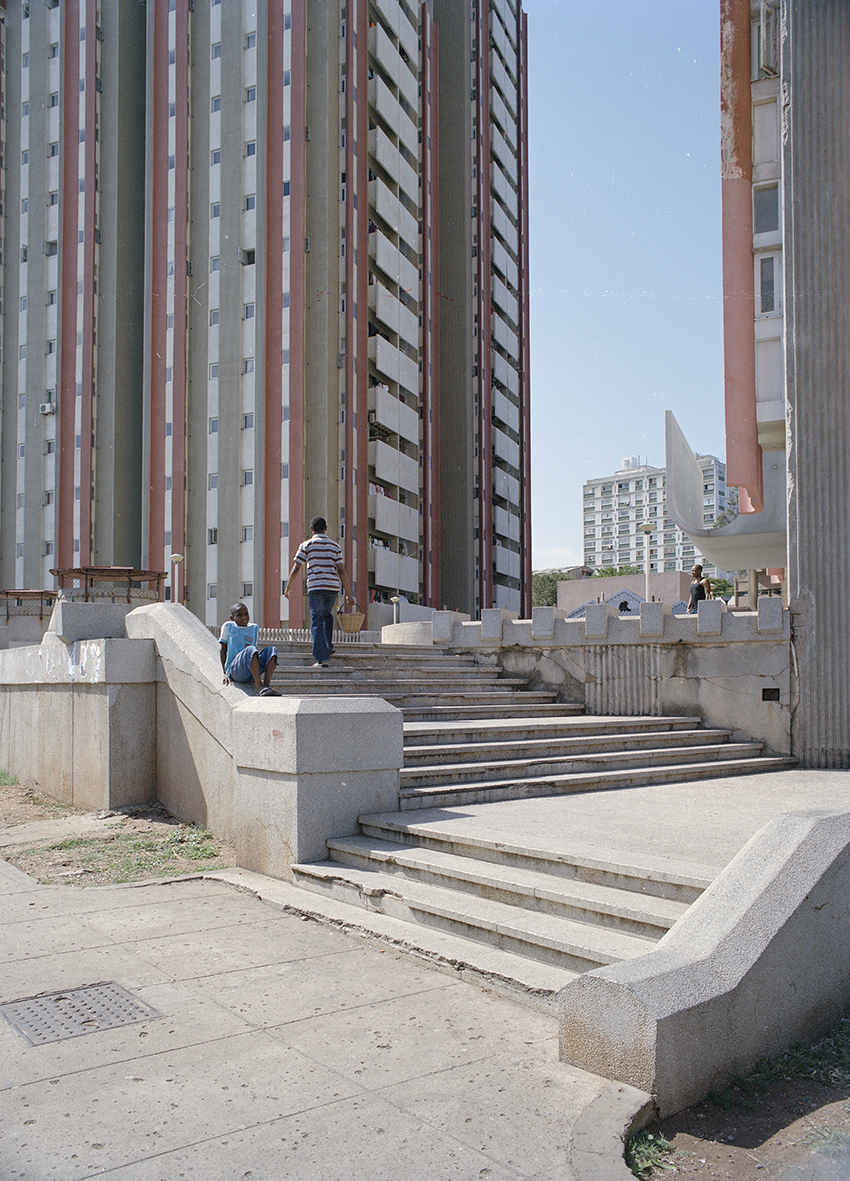


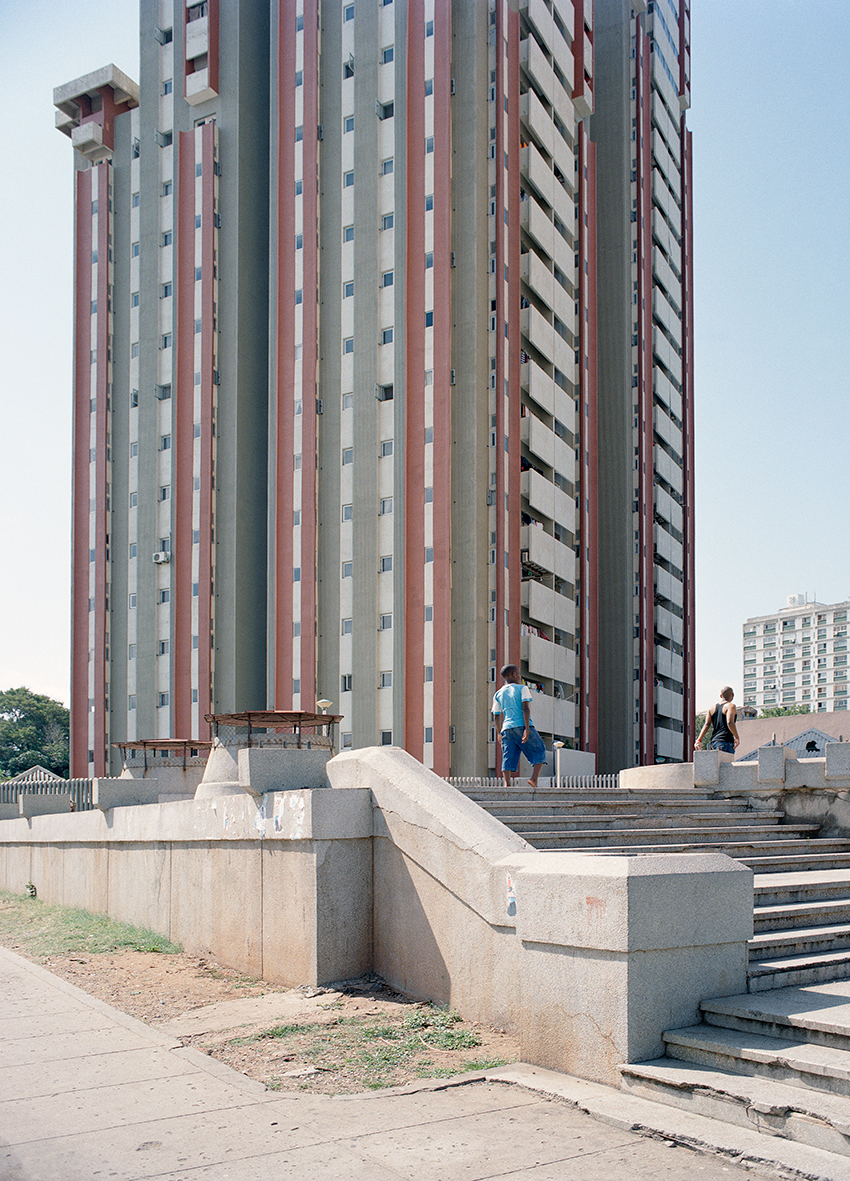

In Mozambique the modern cement town of Lourenço Marques (today Maputo) was built in the colonial period exclusively for the white Portuguese population. Far away from the suppression of the “Estado Novo” under Salazar regime in Portugal, the generation Africa of Portuguese architecture was formed in Mozambique and Angola in the 1960s and 1970s. Architects like João José Tinoco, Maria Carlota Quintanilha or Pancho Guedes shaped “Tropical Modernism” in Mozambique under the model of the work of Oscar Niemeyer and Le Corbusier. With influences from Art déco and the local building conditions a unique style was created. Despite racism and strict racial segregation the Portuguese society in Mozambique believed in constructing a modern reality. After Mozambique gained independence from Portugal on 25 June 1975, the decolonisation of the cement town of Maputo began. Today, in a time of postcolonial exploitation, the centre of Maputo is inhabited by Mozambique’s upper class and wealthy foreigners. For the majority of the population it still remains unreachable.
Since 2007, Malte Wandel has been travelling to Mozambique several times. He photographed different buildings and researched their history. He returns to the same places and documents, among other things, their decay. The abandoned chapel of the former colonial cemetery São Francisco Xavier on Avenida Karl Marx and the famous Prédio Tempo are two examples of Wandel’s interest. The centrally located tower block Prédio Tempo has housed Tempo, the first major weekly newspaper in Lusophone Africa. Tempo produced some well-known photographers (including Magnum photographer Ricardo Rangel). In 2008, the newspaper closed down. The former editorial offices and the printing house have been unused since then.